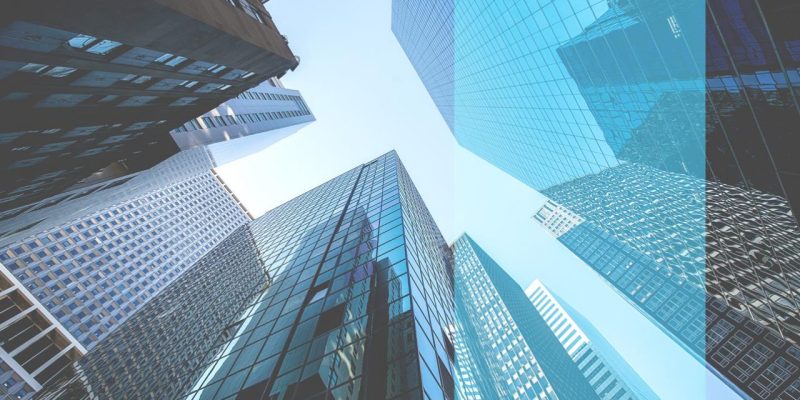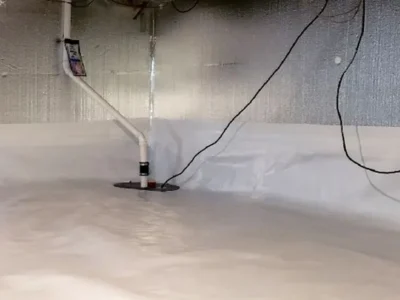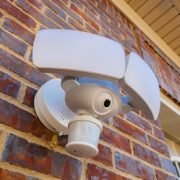The Climate Mobilization Act is a comprehensive piece of legislation enacted in May of 2019. It was designed to reduce New York City’s overall greenhouse gas emissions by 40% (2030), and up to 80% (2050). With being one year closer to the CMA, it’s high time the city is well prepared to act on the commitments.
GHG is the primary driver of the unprecedented rate at which climate change is taking place. Reducing emissions thus, from buildings is most significant as buildings contribute nearly three-quarters of citywide emissions owing to the consumption pattern vis-a-vis electricity use, infrared heaters, HVAC, etc. The legislation with its package of bills aims to evolve these consumption patterns for optimum efficiency and via cleaner energy sources.
To facilitate the ambitious goal, a series of bills were passed. The centerpiece of the legislation is Local Law 97, among other laws. This is the part of the bill which specifically mandates what the greenhouse emissions limits are for each building type. More than 50,000 buildings will get impacted overall. In 2024, about 25% of those will be directly affected by the carbon emissions limit and practically every building in NYC by 2030. A typical commercial office building in midtown Manhattan of 250,000 sq ft. producing over 1.5 tons of stipulated carbon limits will be looking at a fine of over $100,000, and progressively for each year that follows.
Local Law 97 was enacted in 2019 as part of the Climate Mobilization Act to essentially place hard carbon caps on various building types – residential or commercial, that are larger than 25,000 sq ft. The law gets implemented in 2024, only to become more stringent with time to accomplish its grander goal of 80% carbon reduction by 2050. Many buildings have significantly reported being way over permissible limits requiring immediate intervention with retrofitting and alternative compliance.
Which properties are affected?
1. Buildings over 25,000 square feet
2. Two or more buildings on the same tax lot that together exceed 50,000 square feet
3. Two or more condominium buildings governed by the same board of managers that together exceed 50,000 square feet
Non-compliance is tied to harsh financial penalties that get worse over time. For example, a 1 million sq ft commercial office building that is just 10% above the 2024 carbon limit will be looking at a penalty of about $230,000 every year till 2029. From 2029 to 2030, the permissible carbon limit will be further reduced by a staggering 50% equating to a $1,200,000 penalty every year till 2034.
Timeline
Even though the building limits are set for 2050, the law takes an incremental approach to carbon reduction by setting progressive, periodic goals. The first two goals have been set for the years 2024-2029, and 2030-2034. For the years 2035-2050, the emissions limit will be set in 2023. All buildings are required to submit an annual report by May 1 which ought to be certified by a design professional stating that the building is in compliance including the electric gates.
Related laws
Local Law 97 cannot experience compliance in isolation for its related laws sort of prepare the building to come into a fit condition to comply. These sustainability strengthening initiatives date back to 2009 – Local Laws 84, 87 and 133.
Local Law 87 mandates for buildings over 50,000 square feet to perform energy audits & retro-commissions periodically as part of the Greener, Greater Buildings Plan. The law intends for building owners to remain informed about their energy consumption patterns so as to ideally maximise energy efficiency and slash carbon emissions.
The basic requirements of the law are:-
1. Determining how and when a building needs to comply
2. Conducting an energy audit & retro-commissioning of all the systems mandatorily will enable the owners to submit the Energy Efficiency Report. The report is to be compulsorily submitted to the City once every ten years.
An energy audit is an identification, survey and analysis of the energy usage of a building that is carried out to optimise its efficiency. In other words, it helps maintain the same level of output while minimising consumption. It also guarantees a reduction in terms of cost to the building owner and carbon footprint to the planet, respectively.














Comments